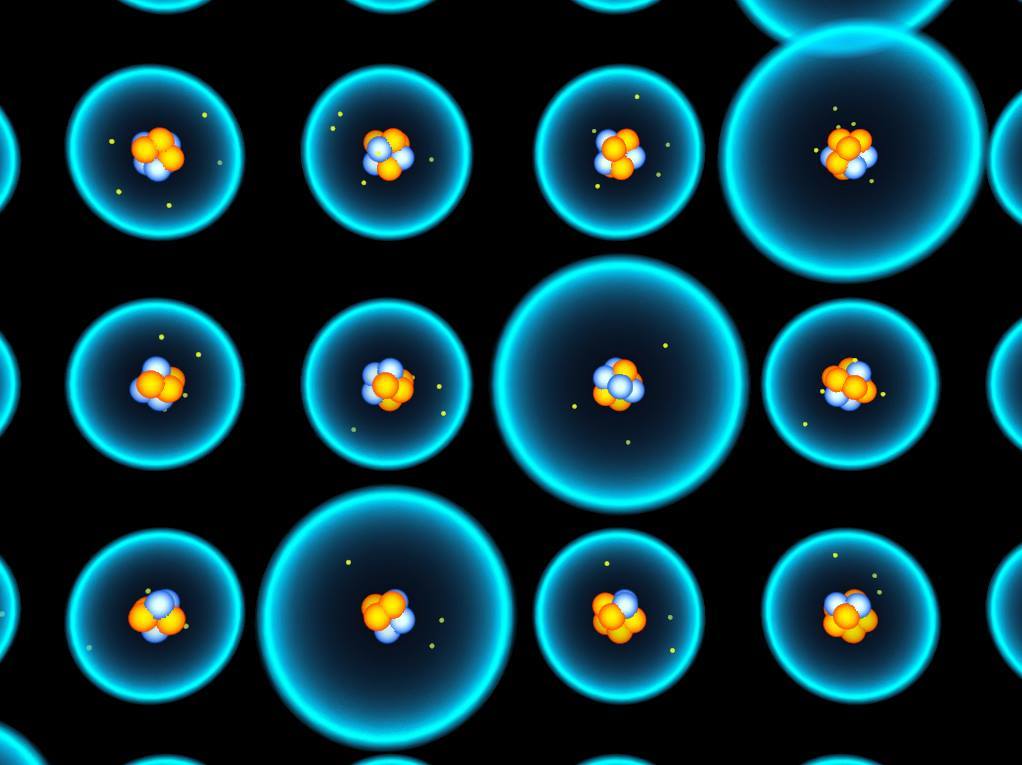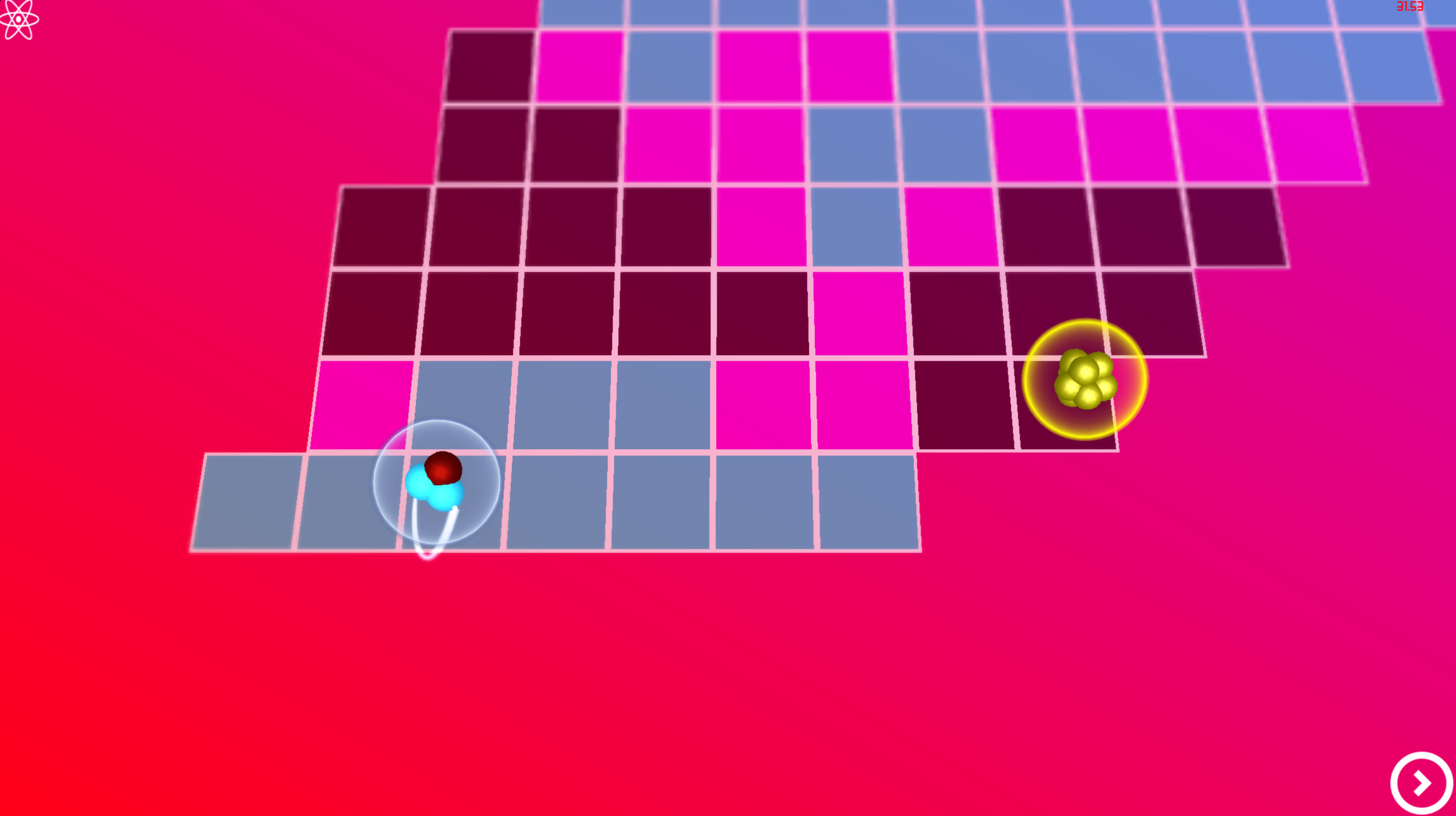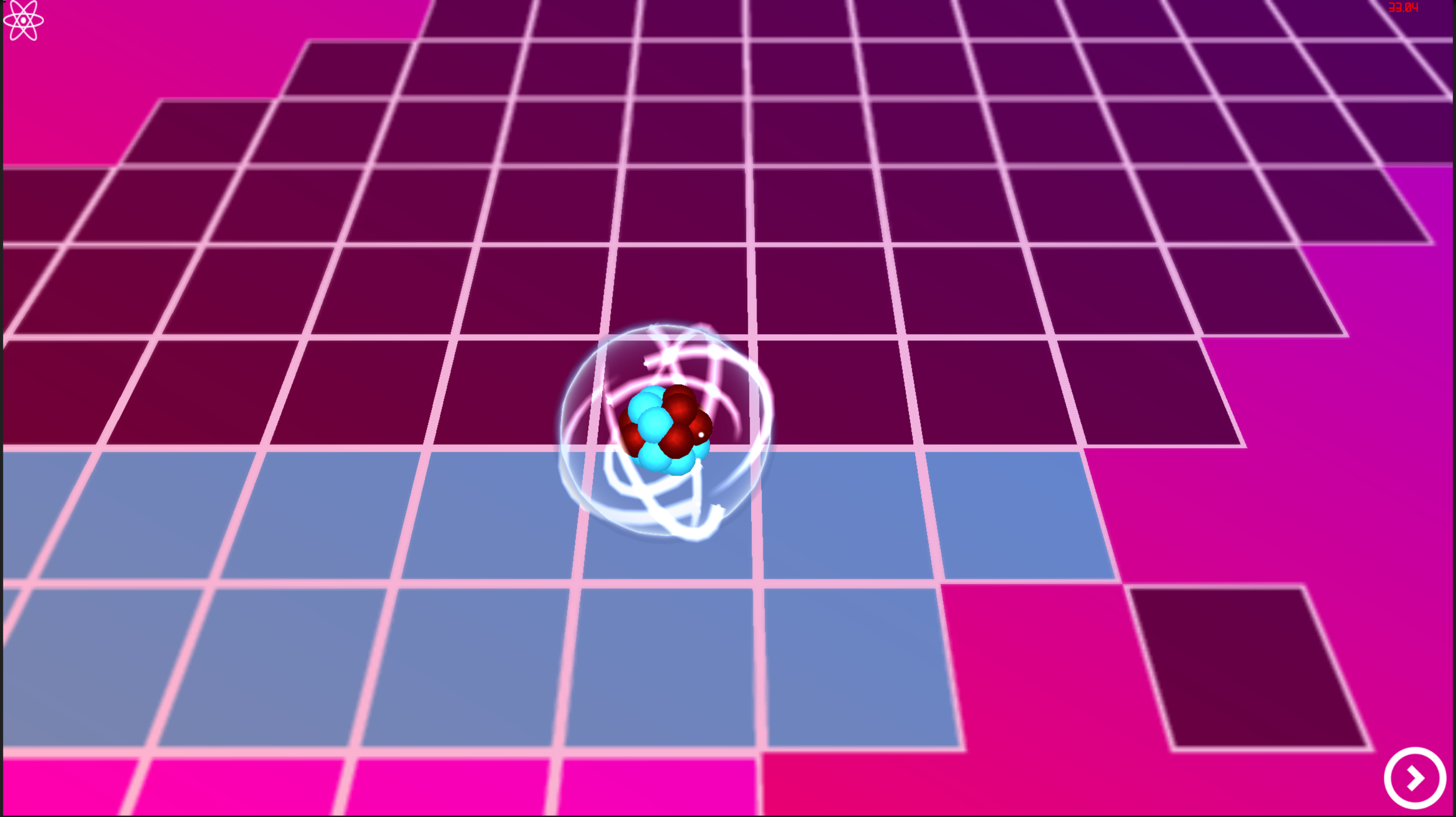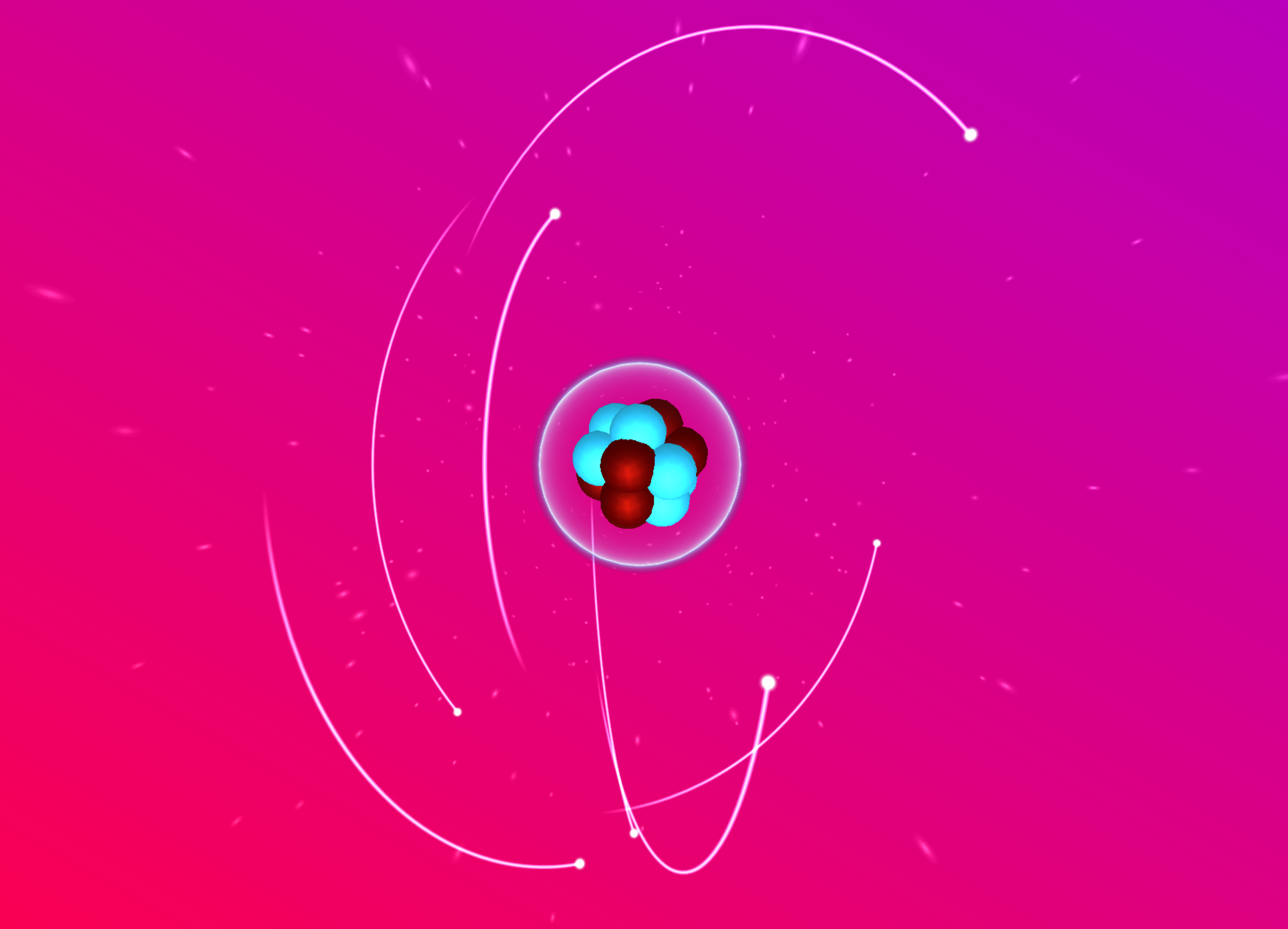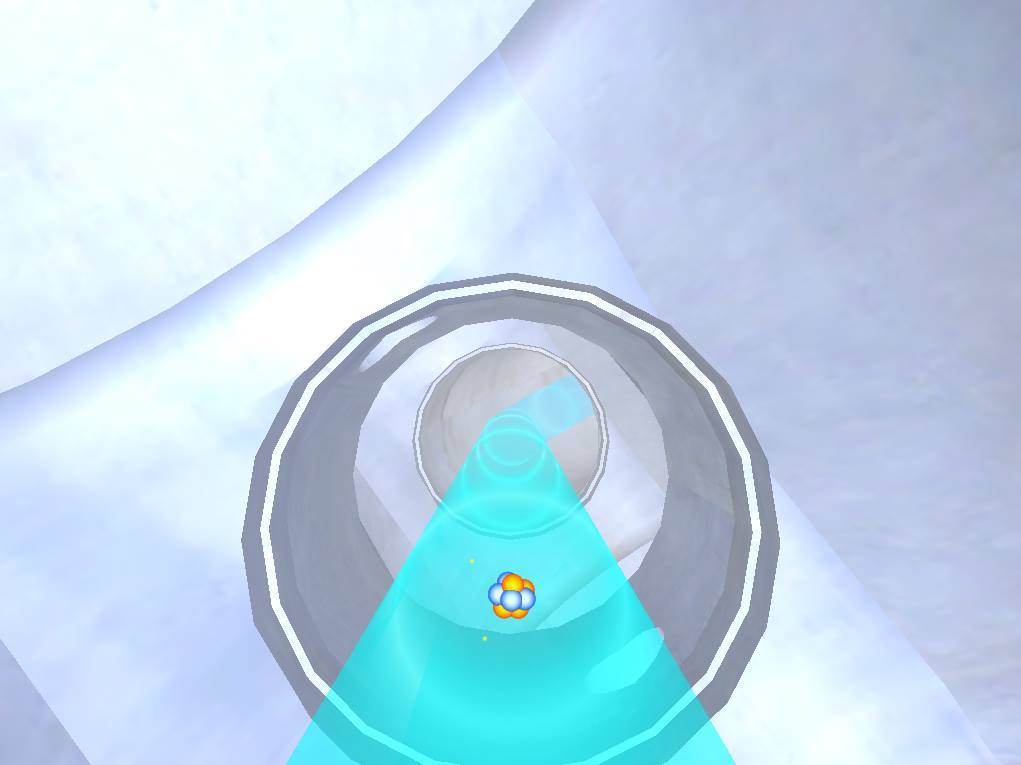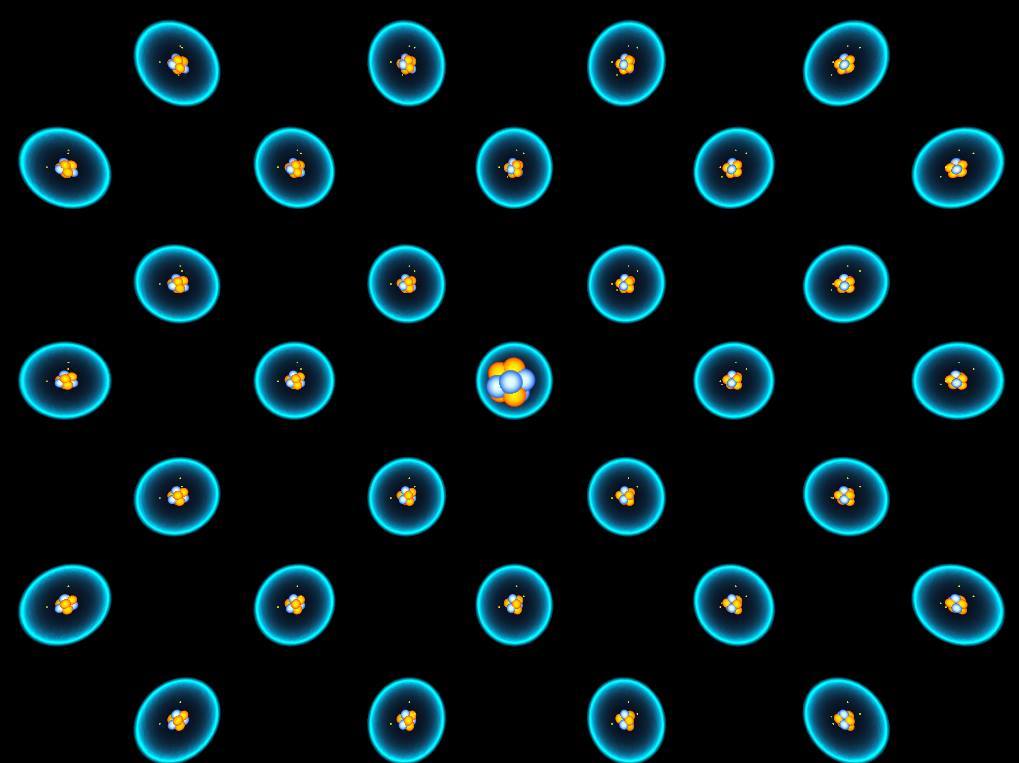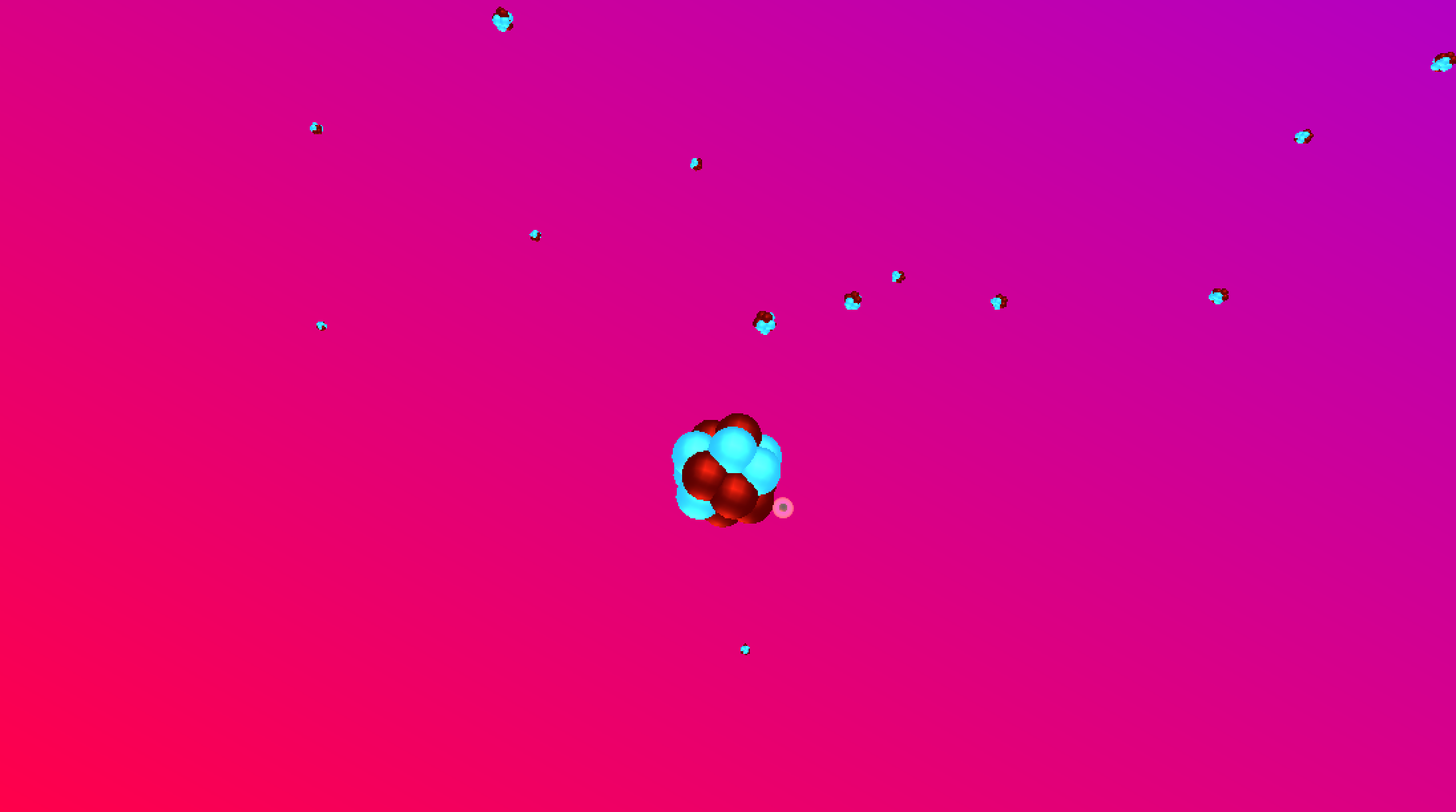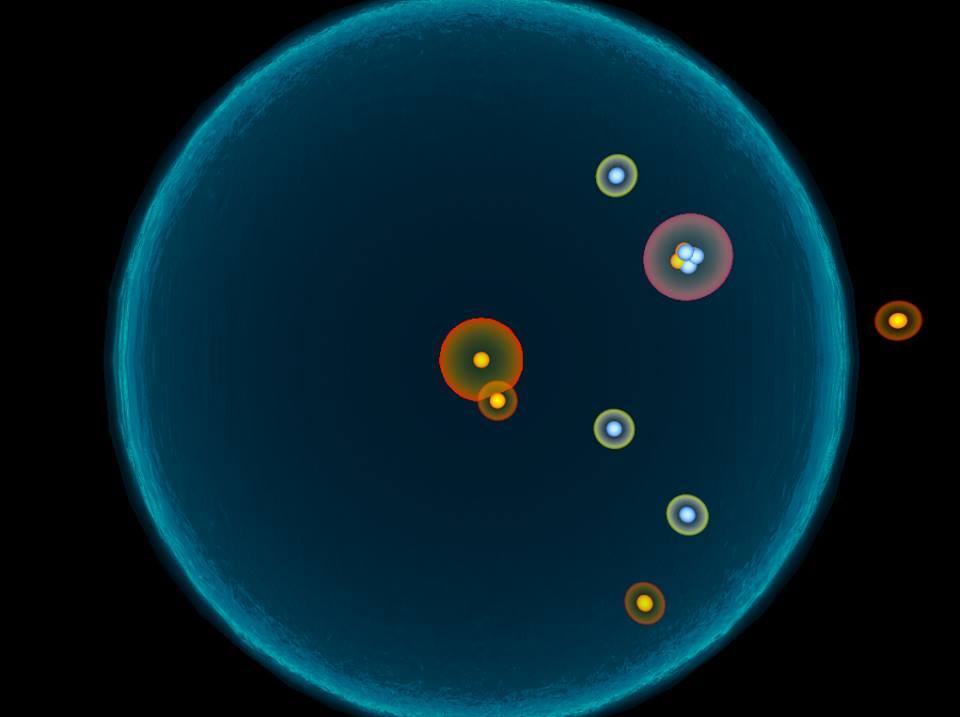Nuclear Science
Development Time: July-October 2014 (initial prototype), Jan-July 2015 Role: Programmer Tasks: Set up some of the core systems, Implemented menu generation and atom creation, setup transitions between scenes, made sure game ran well on iPad.
Nuclear Science (working title) is a prototype the GEL Lab created in association with the National Superconducting Cyclotron Lab in order to explain the ideas behind particle acceleration in the form of an iPad game. The core of the game revolves around discovering nuclides of atoms. The player selects a stable atom, and is brought through the process of "ionizing" the atom by removing electrons, accelerating it through a magnetic tunnel, then colliding it into a stable beryllium atom, and then recombining the atom into a new nuclide. Once the nuclide is created, the player is brought back to the menu and shown what they created. The menu of this game, which lists all possible nuclides (there are, like, 4000, here's a similar chart), is core to this process. My main task was finding a way to generate the menu of nuclides based on known properties of atoms, generating 3d representations of each atom (with an accurate number of protons, neutrons, and electrons), and, importantly, making sure this giant menu actually ran on an iPad. This was an interesting and unique challenge and I really enjoyed working my way through it, and it was great when we finally had a working prototype that fulfilled all those specifications. I also worked on implementing the last two phases, where two atoms collide and explode, and you have to recombine the stray pieces, as well as making sure the transitions between phases were smooth and seamless.

